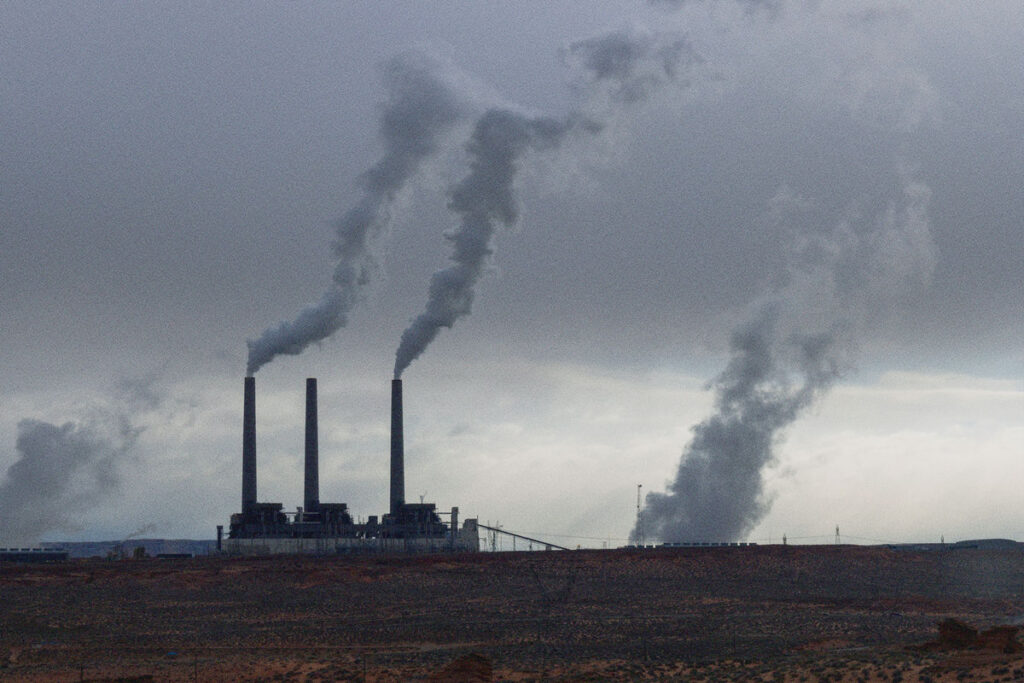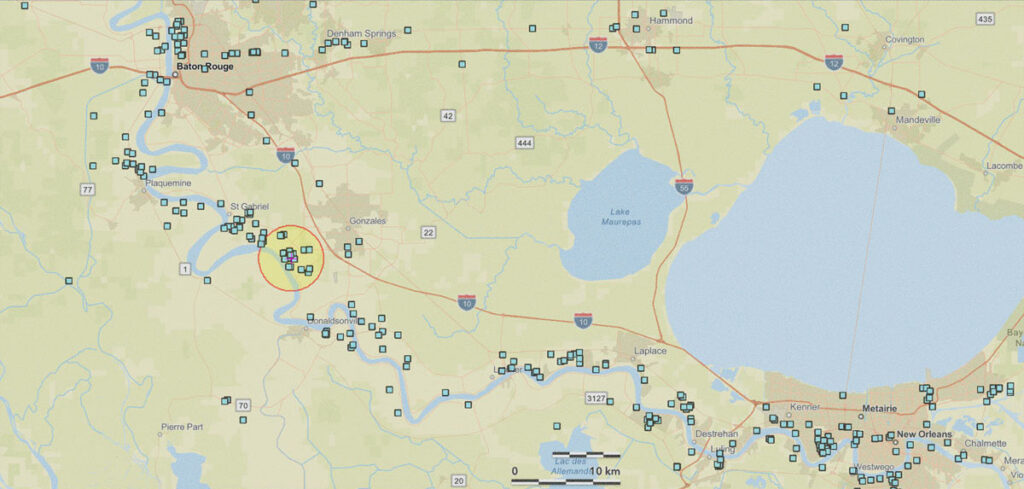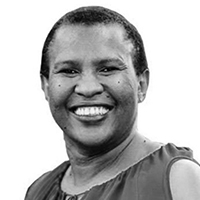



 EQUITY
EQUITY
Research shows that people of color, low-wage communities, and children are the ones who shoulder the health and economic burden of how we make, buy, and dispose of “stuff.”
We envision a better future where decision-makers consider the full product lifecycle, making conscious choices to eliminate negative impacts on people and ecosystems along the way.

When it comes to our materials economy, marginalized people and vulnerable ecosystems are paying the price.
Children are especially sensitive to environmental pollution. Beginning in the womb, their well-being is impacted by the health of our planet.
Adopting a precautionary, children-first approach isn’t just about protecting children, it’s about paving the way for a healthier and more equitable future for all.
Plastic production causes chemical pollution—from fossil fuel extraction, to manufacturing and disposal—disproportionately impacting low-income and communities of color.
Take for example, “Cancer Alley,” an 85-mile stretch along the Mississippi River known for its high concentration of industrial plants and rates of cancer among local residents. These fenceline communities have been fighting for decades for their right to live in a healthy environment. Stand in solidarity by choosing products that prioritize transparency and are safer for everyone along the supply chain.


Prioritizing economic outcomes over planetary health undermines not only our environmental stability—it also compounds widespread racial, economic, and health inequities.
To address these inequities, we must rethink how we design products, keeping the full lifecycle in mind.


